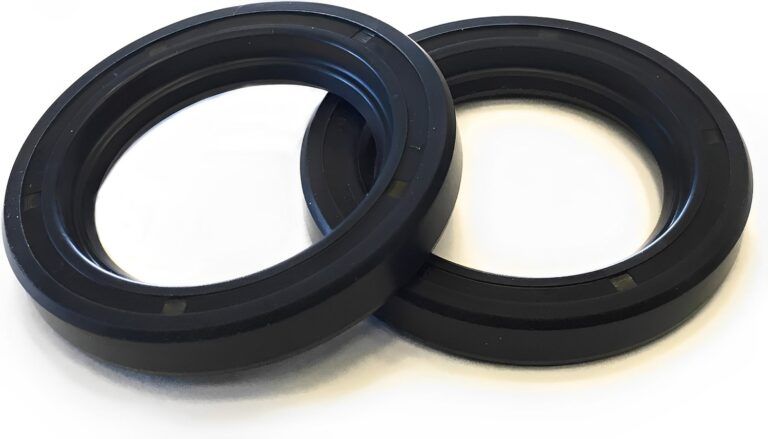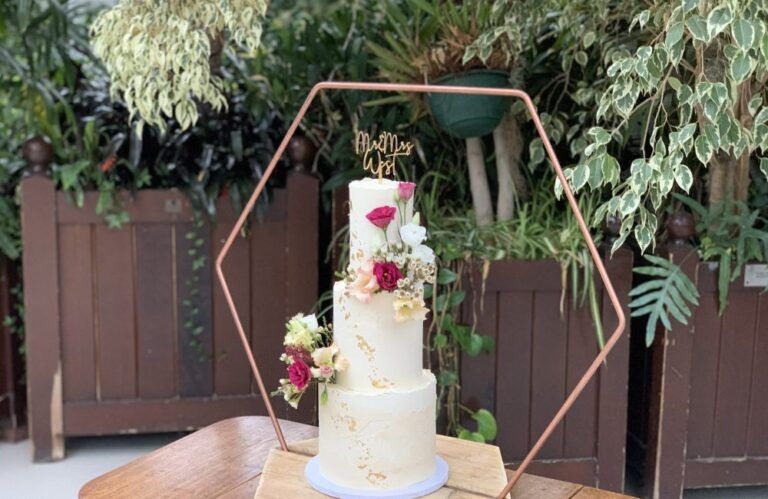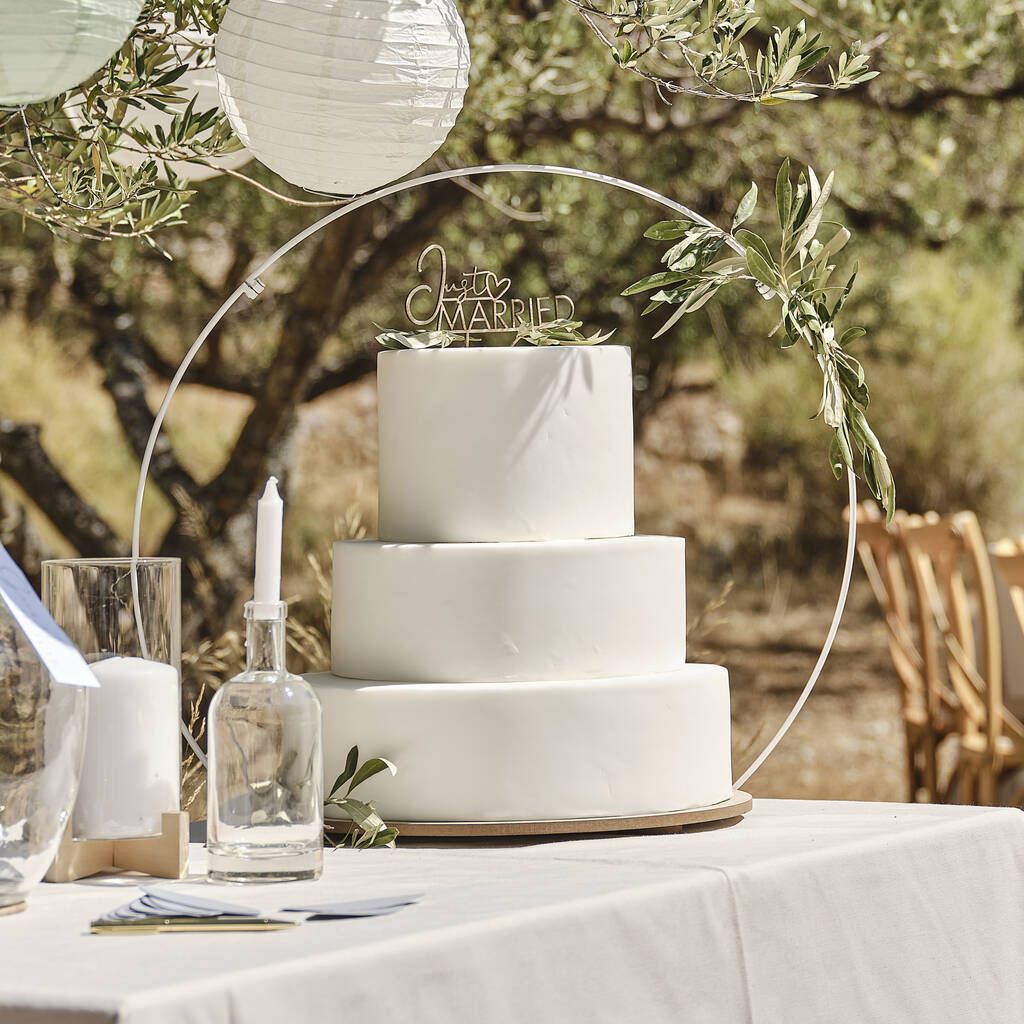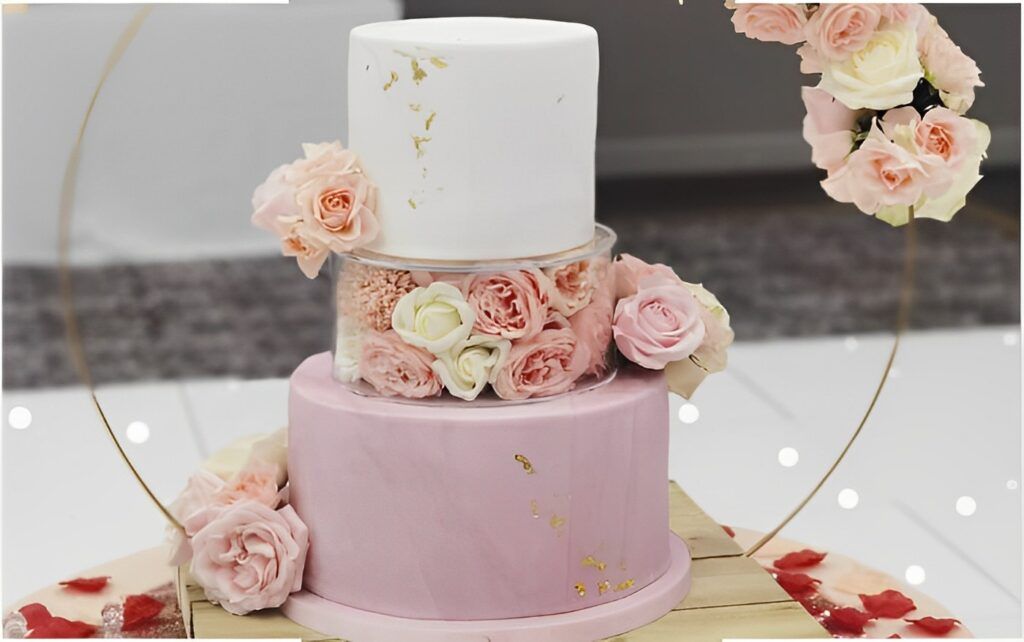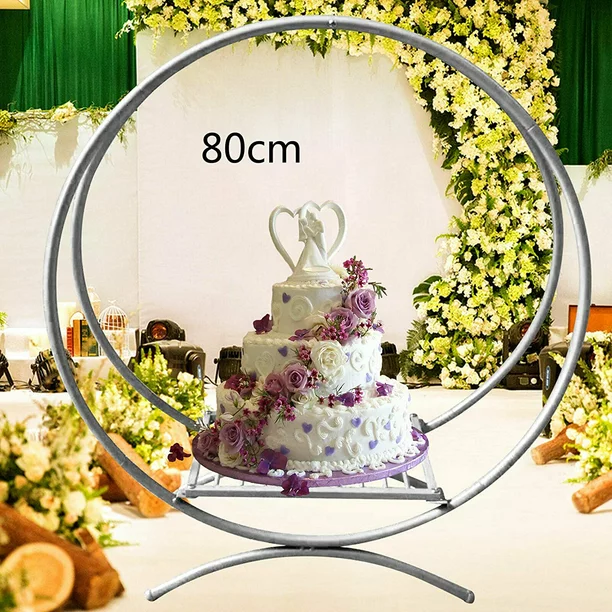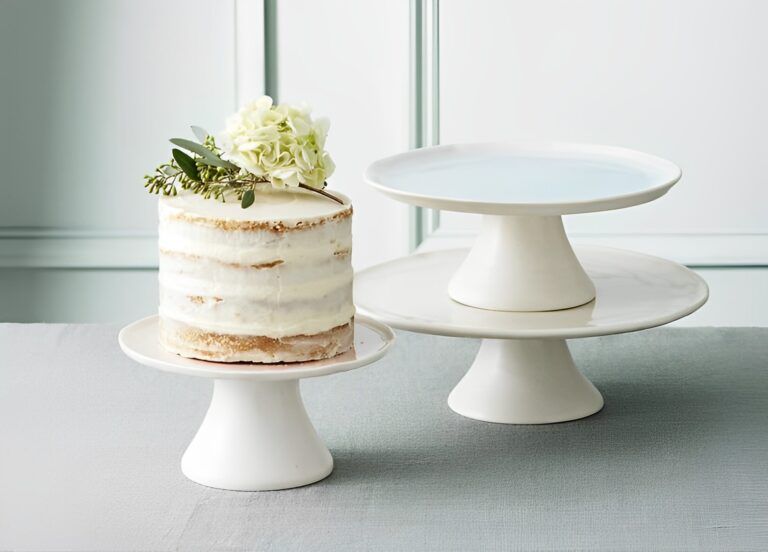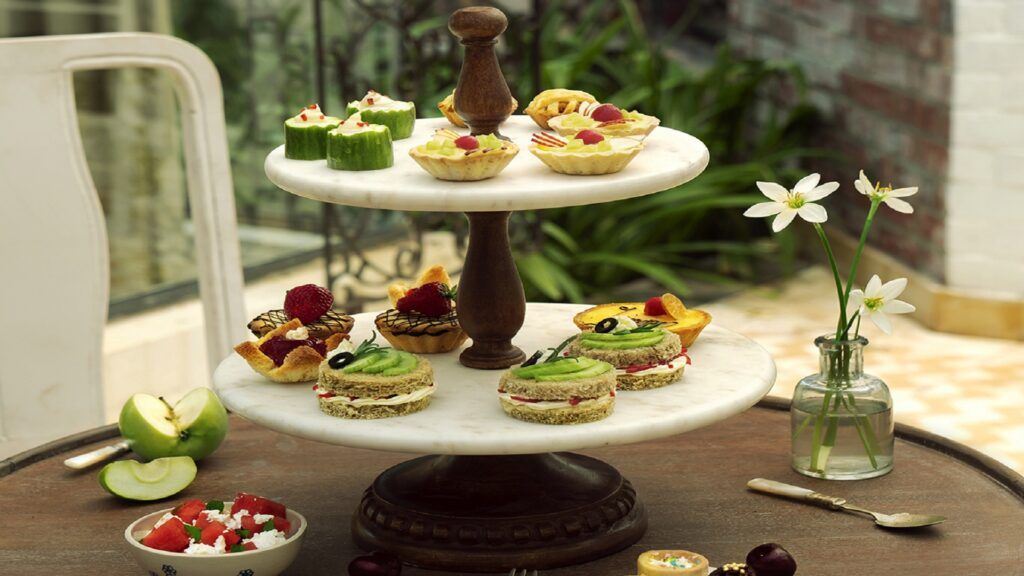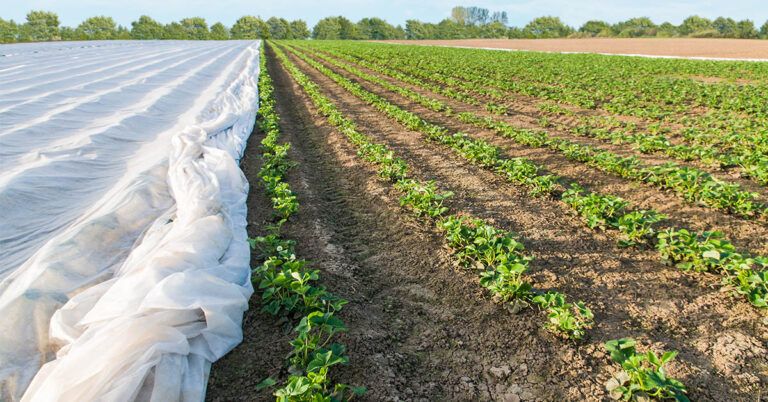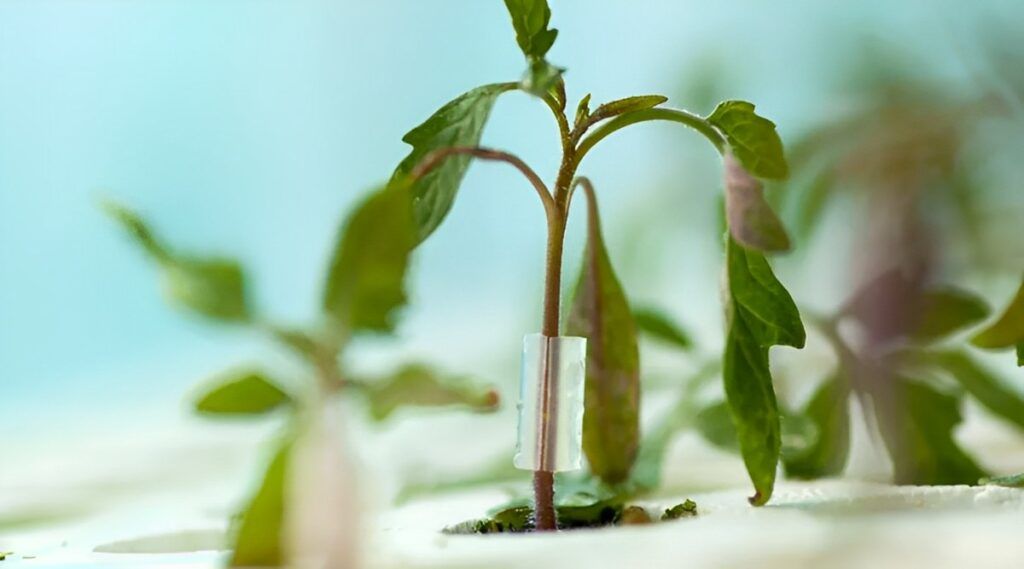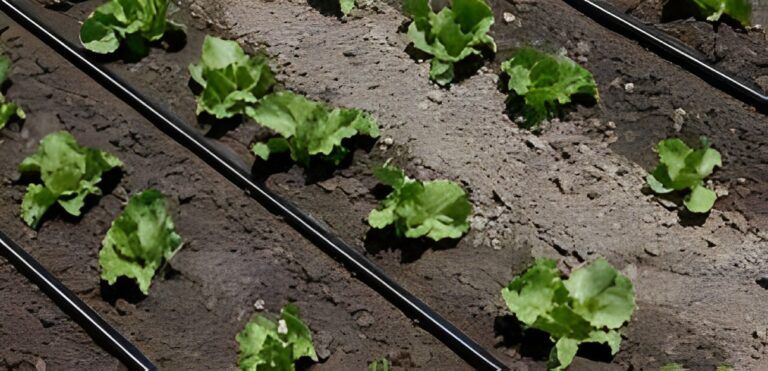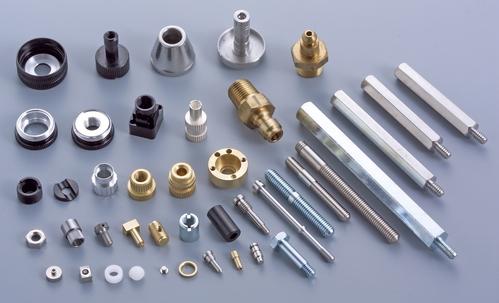Introduction:
Have you ever wondered how a car’s wheels rotate with such smoothness and efficiency, delivering power to the road without any loss? Behind this seamless motion lies the magic of propeller shaft oil seals, an essential yet often overlooked component of modern vehicles. These unsung heroes play a crucial role in keeping your driveshaft functioning optimally, protecting it from harmful elements and ensuring a comfortable ride for both you and your passengers.
In this blog, we’ll delve into the fascinating world of propeller shaft oil seals, exploring their functions, importance, and the role they play in keeping your vehicle running smoothly. So buckle up and join us on this journey of mechanical marvels!
- Understanding the Propeller Shaft:
Before diving into the details of oil seals, let’s first grasp the significance of the propeller shaft. The propeller shaft, commonly known as the driveshaft, is a vital mechanical component in rear-wheel-drive and four-wheel-drive vehicles. Its main purpose is to transmit rotational power from the engine to the wheels, allowing the vehicle to move forward.
- The Need for Oil Seals:
In any mechanical system, friction and heat are inevitable consequences of motion. In the case of the propeller shaft, this motion generates heat, and without proper lubrication, it can lead to excessive wear and tear of the shaft, bearings, and other connected components. This is where propeller shaft oil seals come into play.
- What are Propeller Shaft Oil Seals?
Propeller shaft oil seals, also known as rotary shaft seals or radial lip seals, are dynamic seals designed to prevent the leakage of lubricants (such as oil or grease) and the ingress of contaminants (like dirt, water, and debris) into the propeller shaft assembly. These seals consist of a flexible lip made of rubber or other elastomeric materials, which is held in position by a metal case or housing.
- How Propeller Shaft Oil Seals Work:
The design of oil seals is quite ingenious. As the propeller shaft rotates, the oil seal’s lip remains in contact with the shaft’s surface. The lip’s contact exerts a slight radial force on the shaft, creating a barrier that prevents lubricant from leaking out and contaminants from entering.
- Types of Propeller Shaft Oil Seals:
There are primarily two types of oil seals used in automotive applications:
a. Radial Shaft Seals: These are the most common type of oil seals and work with rotary shafts, such as the propeller shaft. They seal the rotating shaft against the housing or the bore.
b. Axial Shaft Seals: These seals are used to prevent axial movement (along the axis) of the propeller shaft. They are more common in applications like steering systems.
- Material Composition:
Propeller shaft oil seals are manufactured using various materials, including nitrile rubber (NBR), fluoroelastomer (FKM), polytetrafluoroethylene (PTFE), and silicone rubber. Each material offers specific advantages, such as resistance to temperature, chemicals, and wear.
- Importance of High-Quality Oil Seals:
Using high-quality oil seals is crucial for the longevity and performance of the propeller shaft. Inferior seals can lead to lubricant leaks, contamination, increased friction, and accelerated wear of shaft components. It’s always best to opt for OEM or trusted aftermarket seals to ensure reliable performance.
- Installation and Maintenance:
While propeller shaft oil seals are relatively small and seemingly simple components, their correct installation and maintenance are paramount. Proper installation ensures that the seal’s lip makes secure contact with the shaft, while regular maintenance helps identify early signs of wear or damage.
- Signs of a Failing Oil Seal:
Like any mechanical part, propeller shaft oil seals are subject to wear and tear over time. Some common signs of a failing oil seal include:
- Oil leaks around the propeller shaft area
- Unusual noises during acceleration or deceleration
- Vibrations or shuddering while driving
- Increased difficulty in gear shifting (for manual transmissions)
- Replacing Oil Seals:
If you notice any of the above signs or suspect a failing oil seal, it’s essential to address the issue promptly. Replacing a worn-out oil seal requires specialized tools and expertise, so it’s best to entrust this task to a qualified mechanic.
Conclusion:
Though often overlooked, propeller shaft oil seals play a vital role in ensuring a smooth and trouble-free driving experience. These small but critical components protect the heart of the vehicle’s power transmission system from harm, keeping it running efficiently and extending its lifespan. So, the next time you hit the road, take a moment to appreciate the unsung heroes that silently work behind the scenes to make your journeys enjoyable and comfortable.


